
Wir bringen die Grafik alter Spiele zurück – so, wie wir sie in Erinnerung haben
AnleitungenHattest du jemals das Gefühl, dass die Grafik alter Spiele früher besser aussah als heute? Dieses Gefühl trügt nicht! Der Grund liegt im Verschwinden der CRT-Monitore und dem Übergang zu LCD-Bildschirmen, die viel ermöglicht haben – aber auch einiges weggenommen haben.
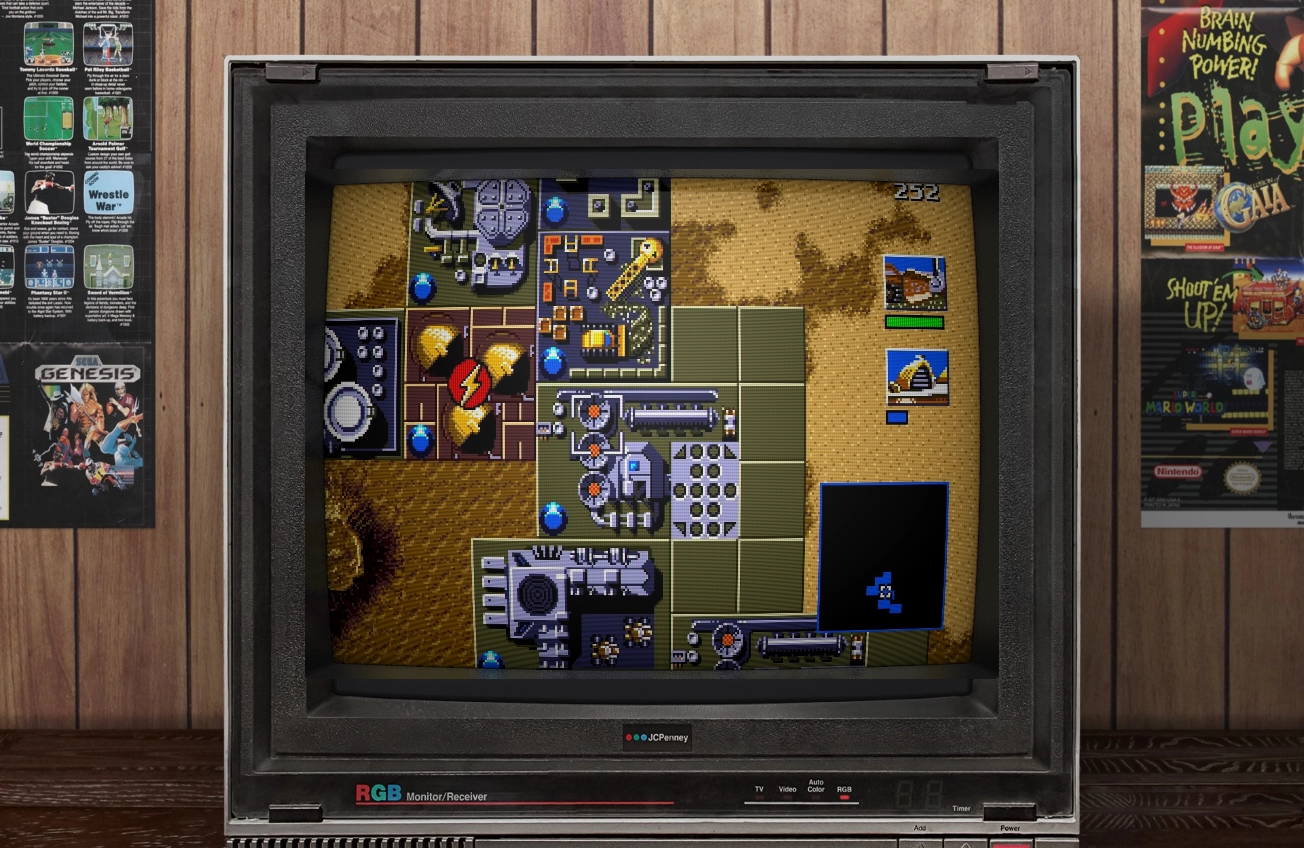
Bei CRT-Monitoren wurde das Bild erzeugt, indem ein Elektronenstrahl die innere, mit Leuchtstoff beschichtete Oberfläche Zeile für Zeile abtastete. Diese Technik brachte eine eigene Bildwiederholfrequenz mit sich, bei der bei niedrigen Werten sichtbares Flackern auftreten konnte. Dieses Flackern konnte zwar die Augen ermüden, verlieh den Spielen jedoch auch einen besonderen visuellen Charakter.
Natürliche Glättung und weicher Bildeindruck
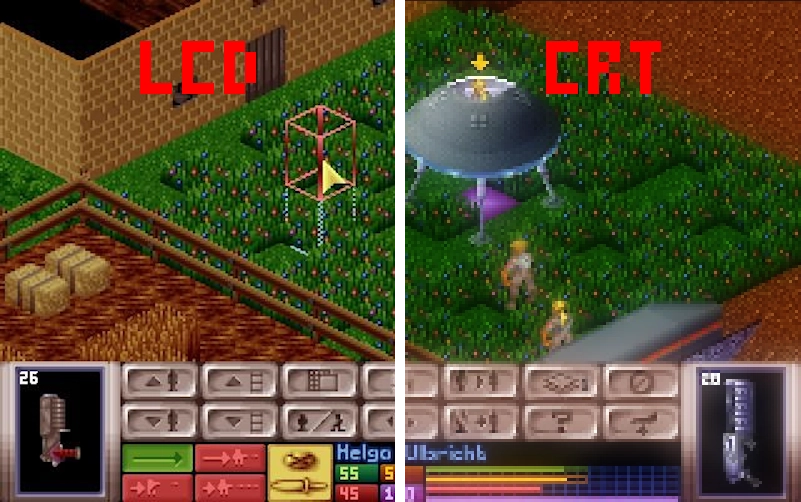
Der Elektronenstrahl erzeugte keine scharf umrissenen Pixel wie bei LCDs, sondern unscharfe, „analoge“ Lichtflecken. In Kombination mit der Tiefe der Bildröhre und der gewölbten Bildschirmform führte das zu einer natürlichen optischen Glättung: Die Pixel verschmolzen visuell miteinander, das Bild wirkte weicher und harmonischer.
Positiver Effekt für Spiele: So wurden niedrigere Auflösungen kaschiert, Kanten bei Sprites und 3D-Objekten wirkten weniger „treppenartig“. Viele Künstler entwarfen ihre Grafiken gezielt mit dieser Darstellung im Hinterkopf. Was heute pixelig wirkt, erschien damals als geschlossene, stimmige Szene.
Bewegungsunschärfe als eingebautes Feature
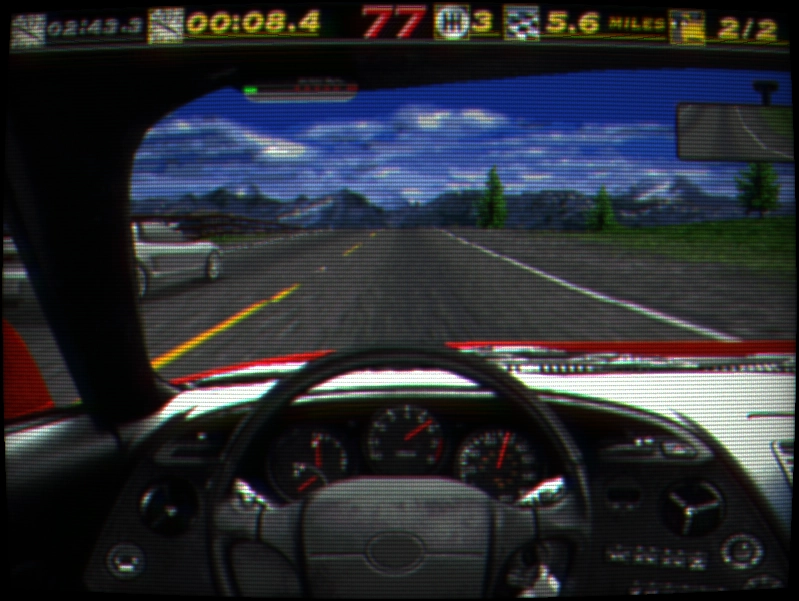
Durch die Nachleuchtdauer des Leuchtstoffs und die zeilenweise Abtastung erzeugten CRTs von Natur aus Bewegungsunschärfe bei schnellen Bewegungen.
Positiver Effekt für Spiele: In schnellen Genres wie Shootern oder Rennspielen verstärkte dies das Gefühl von Geschwindigkeit und ließ Bewegungen flüssiger erscheinen – selbst bei niedriger Bildrate. Einige Entwickler nutzten diesen Effekt gezielt aus.
Was also tun?
Nein, du musst dir keinen alten, schweren CRT-Monitor anschaffen. Zum Glück gibt es kostenlose Programme, die viele dieser Effekte auf modernen Bildschirmen simulieren können. Ein Beispiel ist ShaderGlass (erhältlich auf Steam und GitHub).
Was ShaderGlass macht
ShaderGlass legt Shader über jedes beliebige Fenster oder jede Anwendung auf deinem PC — Emulatoren, Spiele, Videos oder sogar den Desktop. Es funktioniert wie eine virtuelle Lupe oder ein Filter.
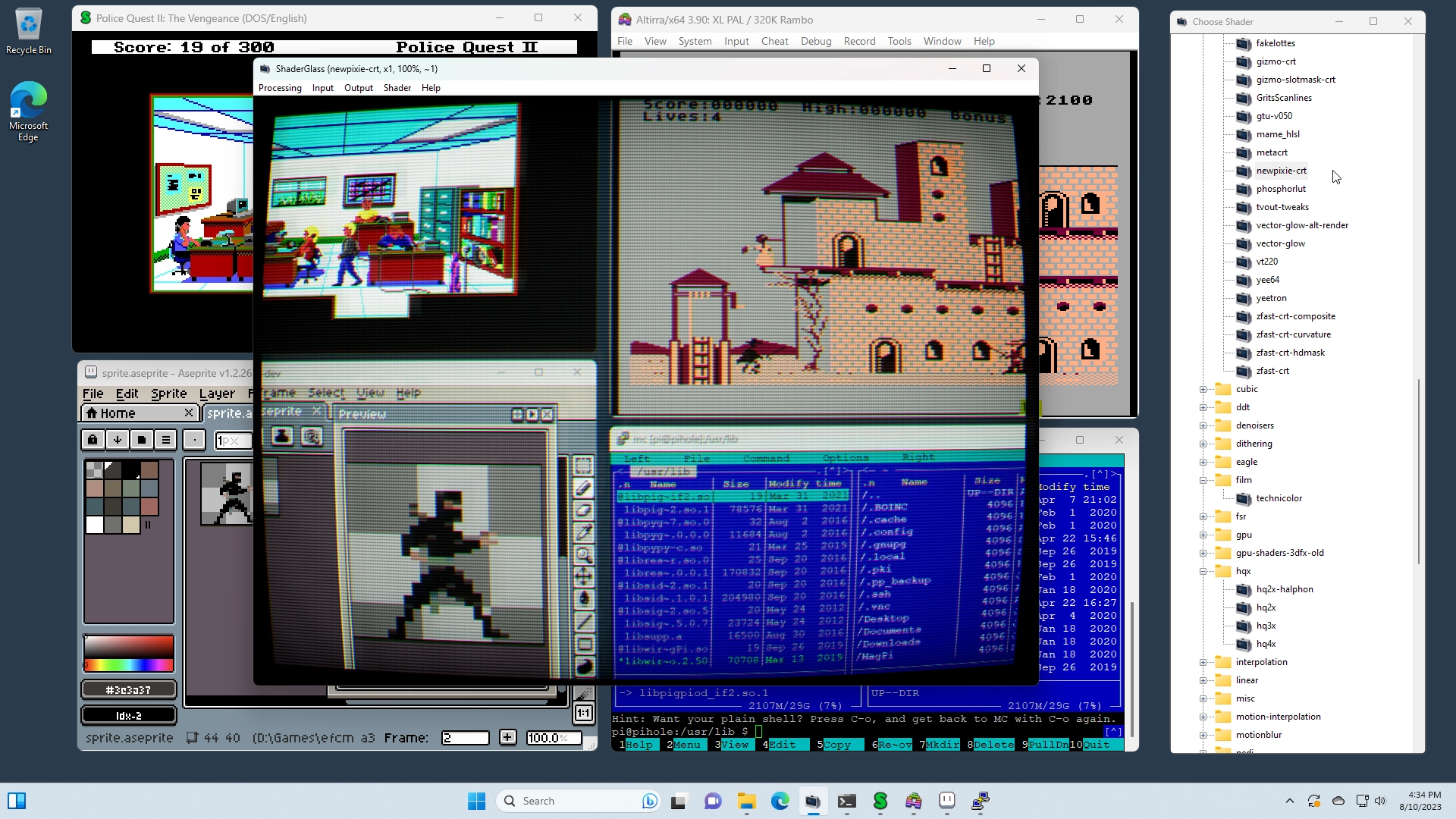
Hauptfunktionen:
CRT-Simulation: Scanlines, Bildschirmwölbung, Unschärfe, Nachleuchten, Maskentypen (Aperture Grille, Shadow Mask usw.)
Flexible Anpassung:
Bildskalierung (integer scaling)
Eigene Shader und Rahmen
Unterstützung für GLSL-/Slang-Shader (ReShade, RetroArch)
Kompatibilität: funktioniert mit den meisten Fenstern unter Windows — z. B. Emulatoren (RetroArch, Mednafen) und alten Spielen.
Transparenter Overlay: ShaderGlass erstellt ein durchsichtiges Fenster, das die Effekte über der ursprünglichen Anwendung zeigt, ohne sie zu verändern.
Empfohlene Dateien
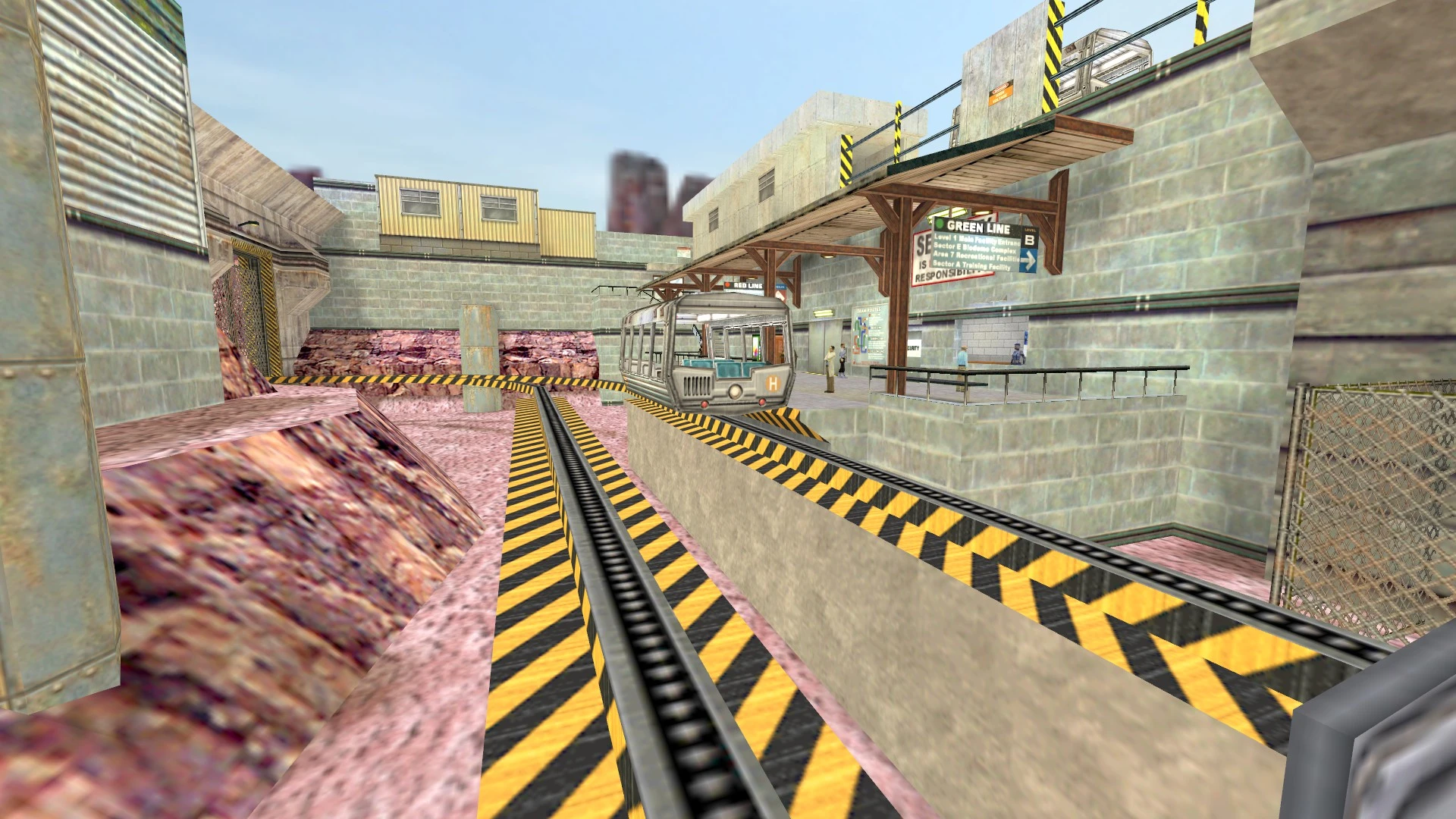
Update Residual PointHalf-Life (1998)
Update Residual Point - eine aktualisierte Version des Residual Point Mod, die eine alternative Geschichte darüber erzählt, wie alles im ursprünglichen Spiel schief gelaufen ist. Es bietet verbesserte Texturen, neue Sounds und vieles mehr.
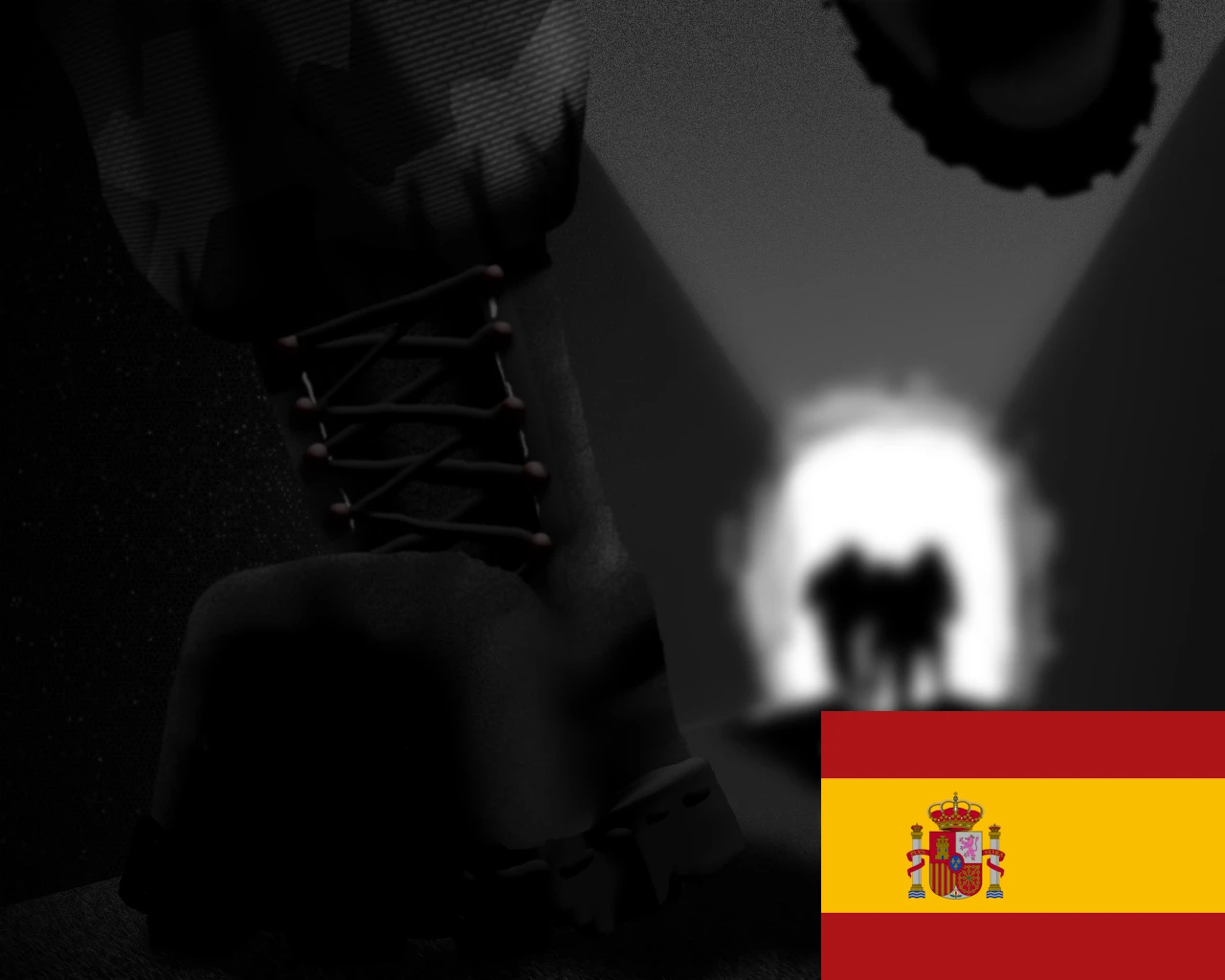
Zombie Edition - Traducción al españolHalf-Life (1998)
Spanische Lokalisierung des Mods Half-Life: Zombie Edition.
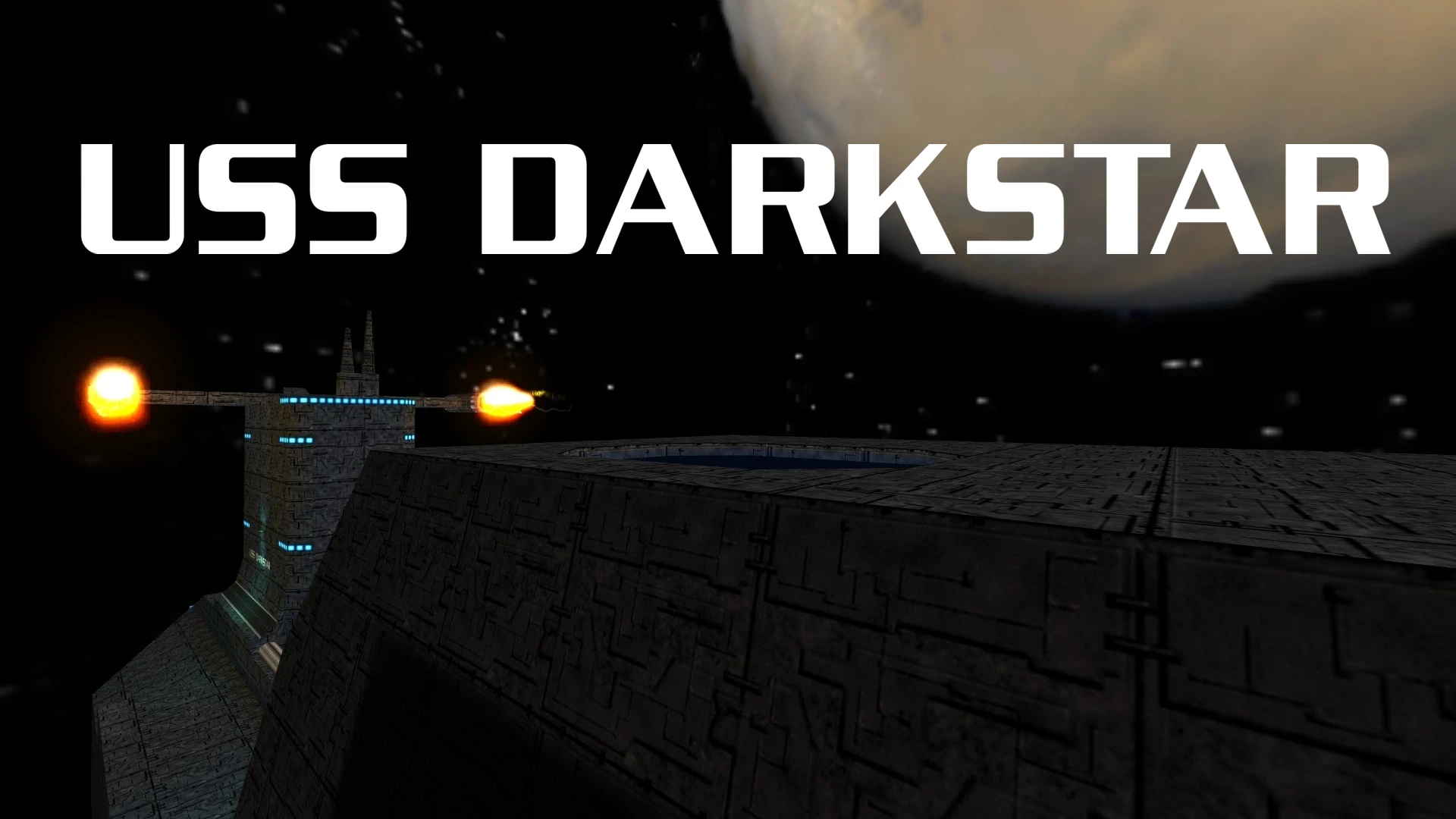
USS Darkstar (Steam Fix)Half-Life (1998)
USS Darkstar (Steam Fix) ist eine korrigierte Version des ursprünglichen Mods, bei der die .pak-Datei entpackt wurde, um ordnungsgemäß mit der Steam-Version von Half-Life zu funktionieren.
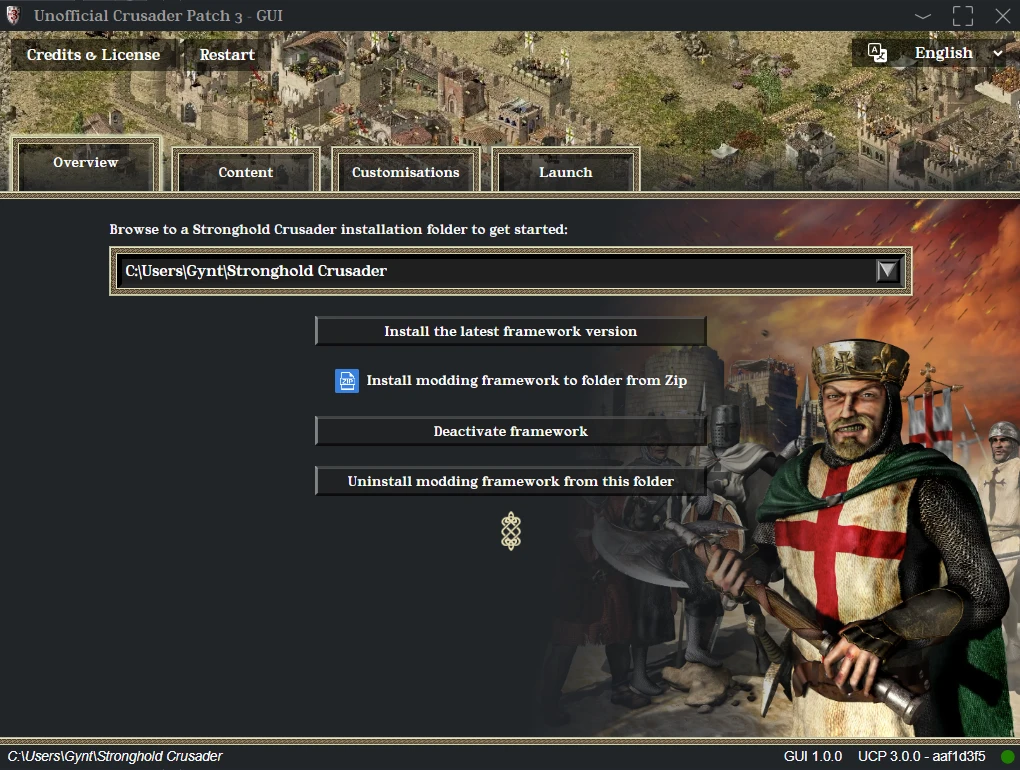
Unofficial Crusader Patch (UCP)Stronghold: Crusader (2002)
Ein inoffizielles Update für Stronghold: Crusader, entwickelt von einer Community von Enthusiasten. Es zielt darauf ab, Fehler zu beheben, die KI zu verbessern, Einheiten auszubalancieren und die Modding-Möglichkeiten zu erweitern.
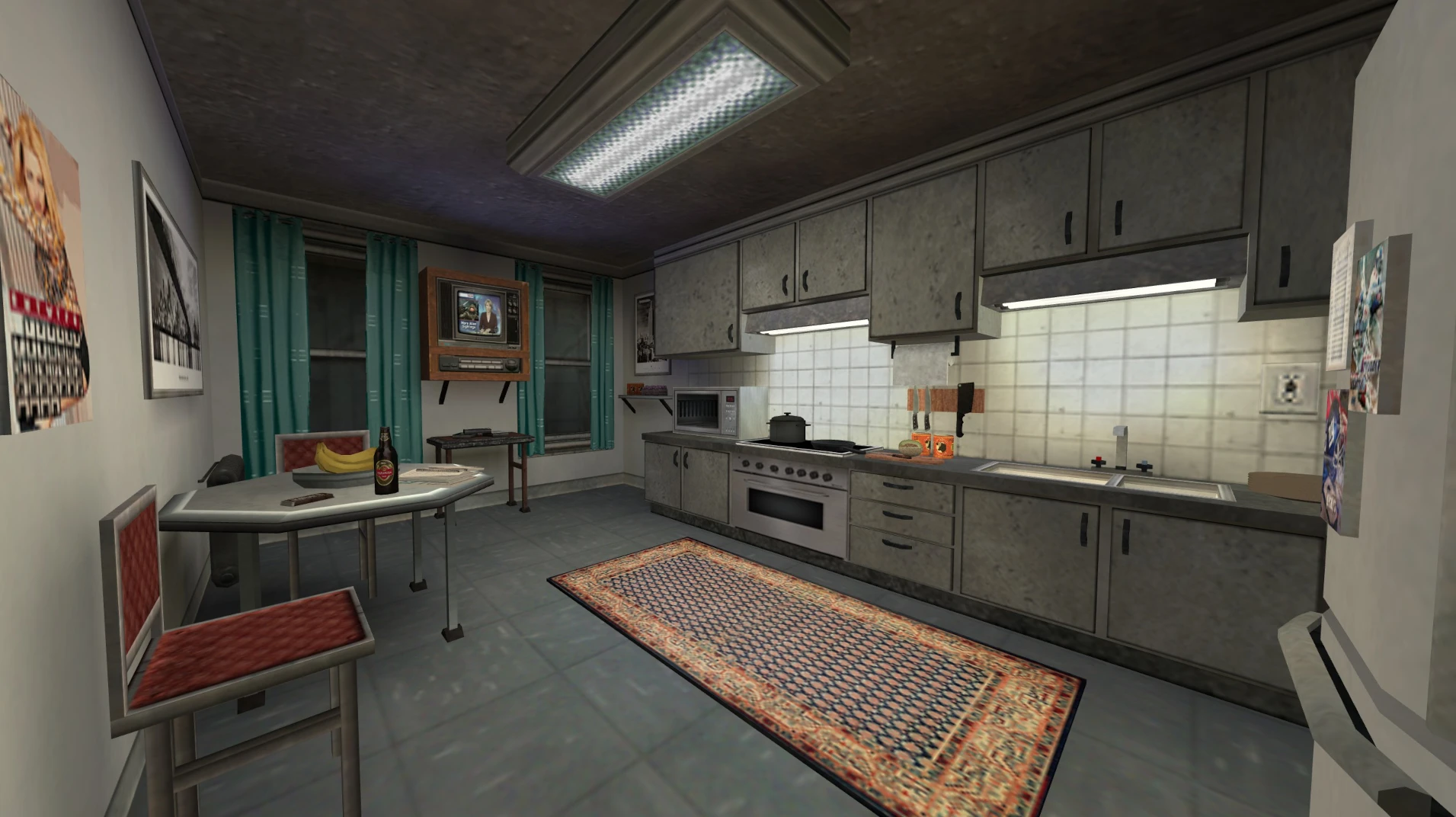
Half-Life: UrbicideHalf-Life (1998)
Half-Life: Urbicide ist eine Mod mit 11 atmosphärischen Karten für das Einzelspielerspiel. Die Ereignisse finden während der Xen-Invasion auf der Erde statt. Du übernimmst die Rolle von Bruce, einem Lagerverwalter, der zusammen mit einem Kollegen in einem Gebäude gefangen ist, während seine Verlobte Rebecca versucht, ihn zu retten.
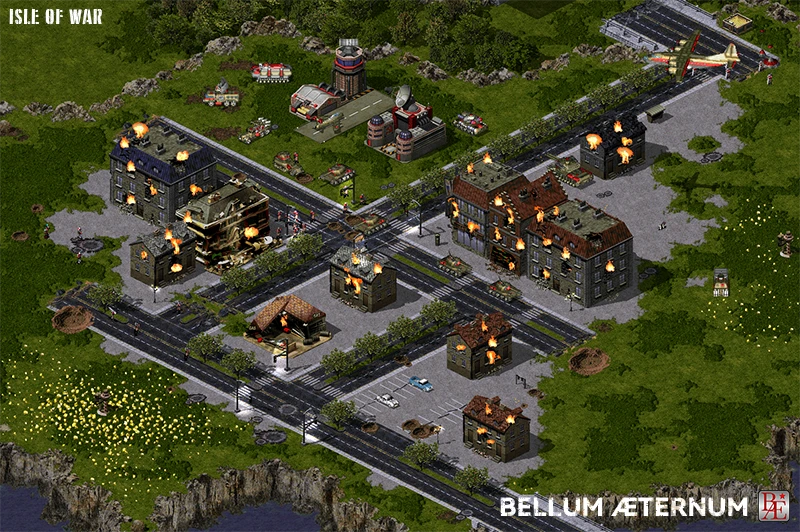
Bellum ÆternumCommand & Conquer: Yuri's Revenge (2001)
Bellum Æternum — eine Mod für Yuri's Revenge mit überarbeiteter Grafik, detaillierter Umgebung, korrekter Einheitenskalierung, verbesserter KI und nahezu perfekter Balance. Sie bewahrt den vertrauten Technologiebaum, verlangsamt das Kampftempo für Anfänger und fügt eine originelle Handlung im Geiste der 1950er-1960er Jahre hinzu.
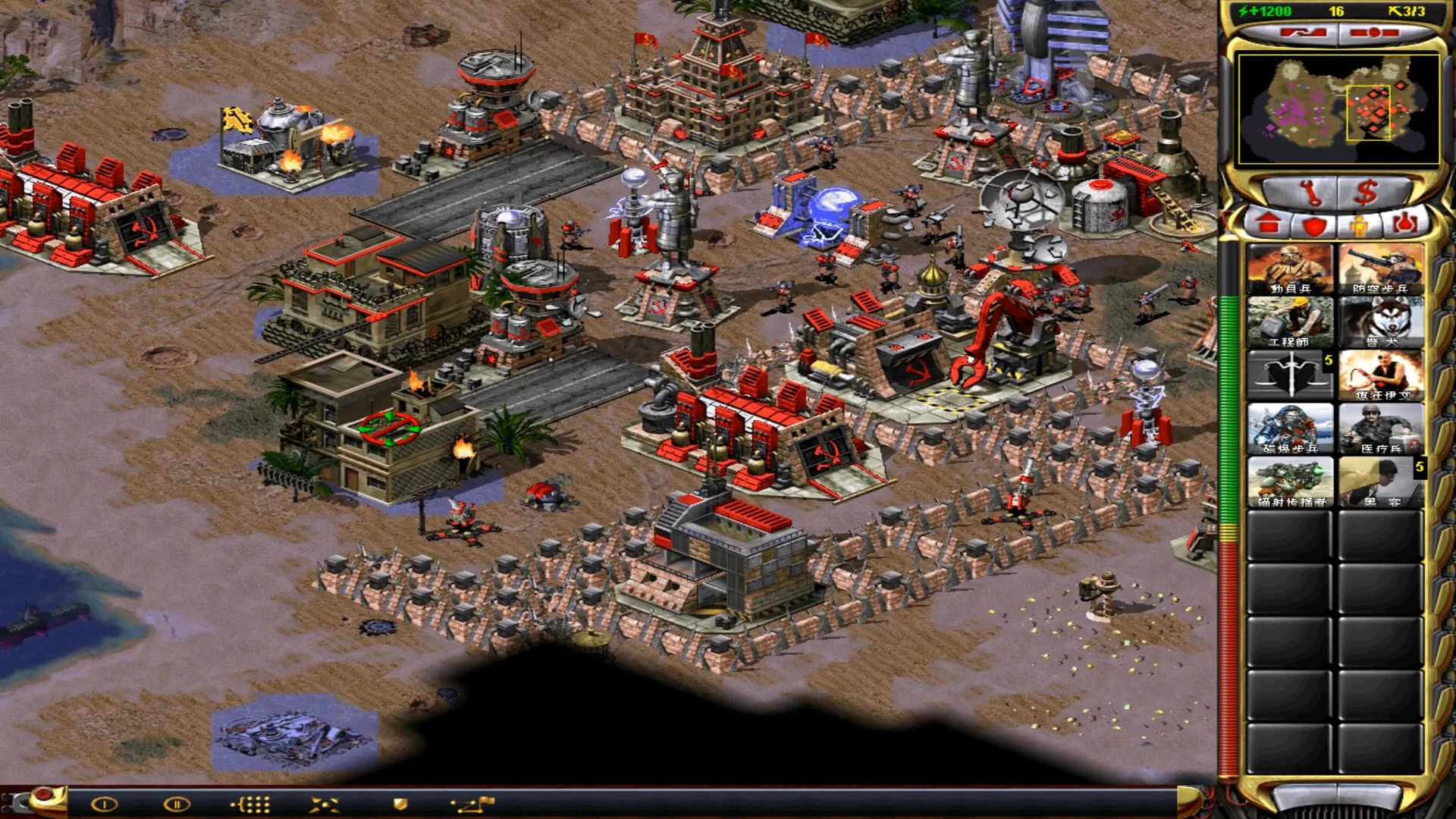
The Moment of GenesisCommand & Conquer: Yuri's Revenge (2001)
The Moment of Genesis ist eine umfangreiche Mod von chinesischen Entwicklern, die sich hauptsächlich auf die Überarbeitung des Gameplays, das Hinzufügen neuer Einheiten und Gebäude sowie die Verbesserung visueller Effekte konzentriert.